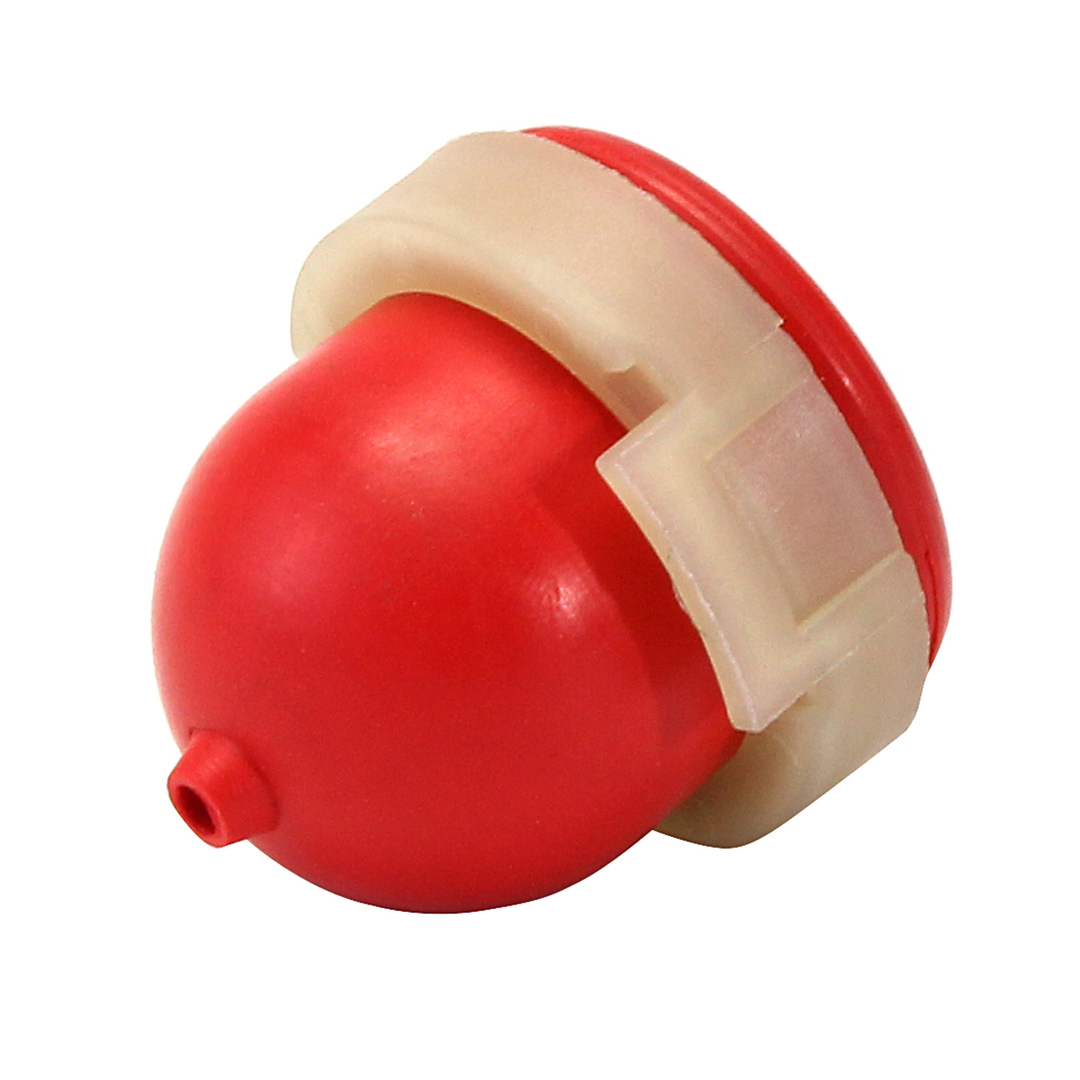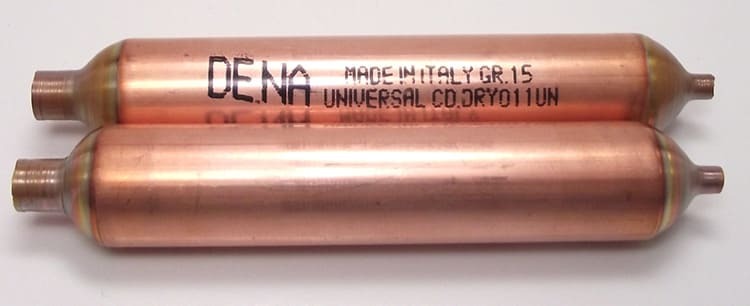Bath Is not just a farm building. It can be safely called a strategic facility, because this is a place that will be used by your whole family, and possibly guests. In the classic version, the baths are made of solid wood, timber or logs. Now there are a lot of proposals for frame baths, but, unfortunately, they do not last so long. The main reason for the short life of the bath is constant humidity. It leads to rot and mold formation. The room of the steam room suffers especially, where moisture with steam rises up and lingers on the ceiling and beams. Before you have time to look back, the ceiling will rot and collapse, and with it your hopes will steam up perfectly. How can you avoid this? Is it even possible to equip the ceiling of the steam room so that condensation does not destroy it?
Read in the article
- 1 How not to do it: common mistakes in arranging a bath ceiling
- 2 How to properly use heaters made of modern materials in a bath
- 3 Time-tested methods for insulating a sauna ceiling
How not to do it: common mistakes in arranging a bath ceiling
The most common mistake leading to rapid decay of beams is the creation of a sealed insulation, when which moisture, rising with steam from the steam room, gets stuck between the ceiling and the beams, and there it is already "taken for work ".

And if there is also a hygroscopic mineral wool between the ceiling and this membrane, then the stench from the dying material plus black poisonous mold will very soon give you their unequivocal signals.
How to properly use heaters made of modern materials in a bath
As you already understood from the above, the membrane has no place on the roof of the bath. Everything here must be vapor-proof so that it dries out quickly, does not form condensation and does not rot.
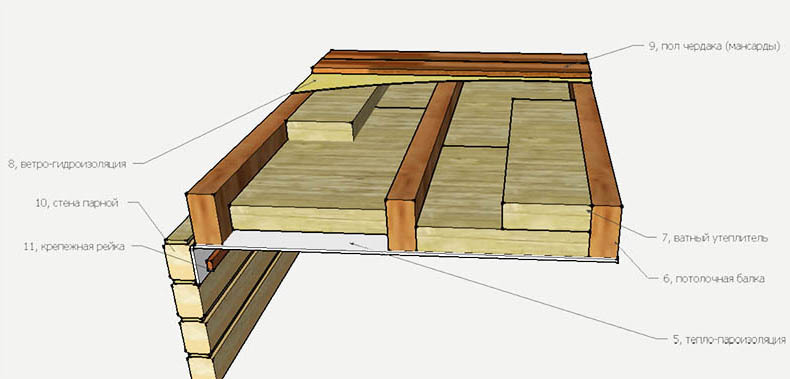
If there is a need to walk in the attic, lay the boards (again, without a membrane) and go to your health.
Why, then, does mold appear even with such insulation? The answer is simple - it's about the thickness of the insulation. An insufficient layer only causes condensation due to the rapid temperature drop.
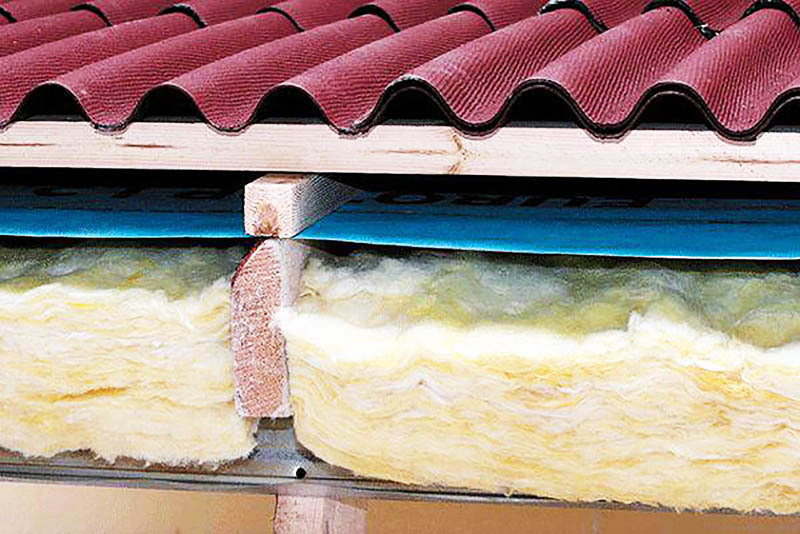
This will require additional costs from you during construction, but will help save on subsequent repairs. Invest in a material that does not accumulate moisture.
Time-tested methods for insulating a sauna ceiling
What other options do practitioners recommend? First of all - to knock out the ceiling from the inside with stainless steel or aluminum sheets. Not a bad idea to prevent moisture from entering the beams at all.

Good results are obtained by plastering the ceiling with a thick layer of clay mortar with fine sawdust or straw. You can even do this: sheathe the ceiling with boards, and lay thick containerboard on them and expanded clay on top.
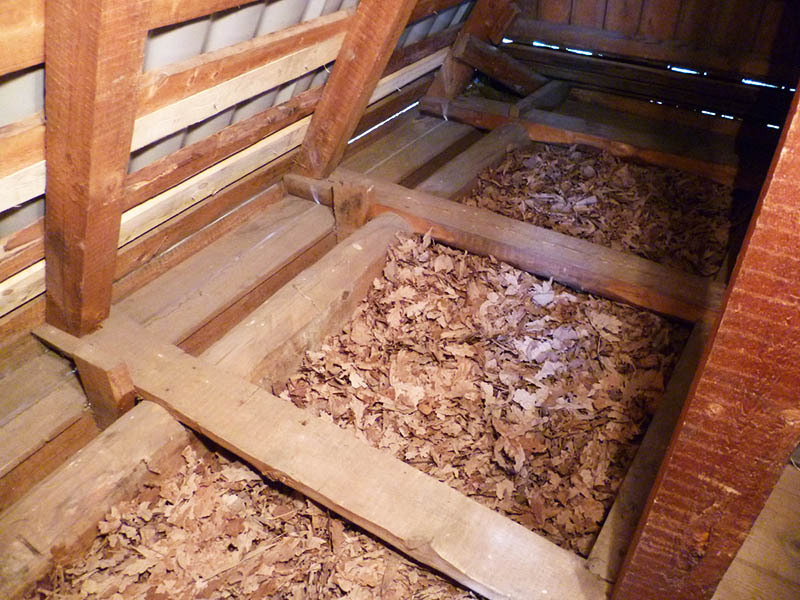
All of the above insulation options are environmentally friendly and allow the bath to "breathe" while maintaining natural air and moisture exchange. And what is nice - they do not require capital expenditures. So you can insulate ceilings even in a frame structure.
Of course, so that dampness does not form in the steam room after bath procedures, you need to ventilate the room at the end, allowing it to dry naturally. You need to leave the door open and open the windows.
The process of warming the ceiling of the bath is clearly demonstrated in this video:
How did you insulate the ceiling in your bath? Have you encountered the problem of rotting beams and mold? How was it solved? Write about it in the comments!

